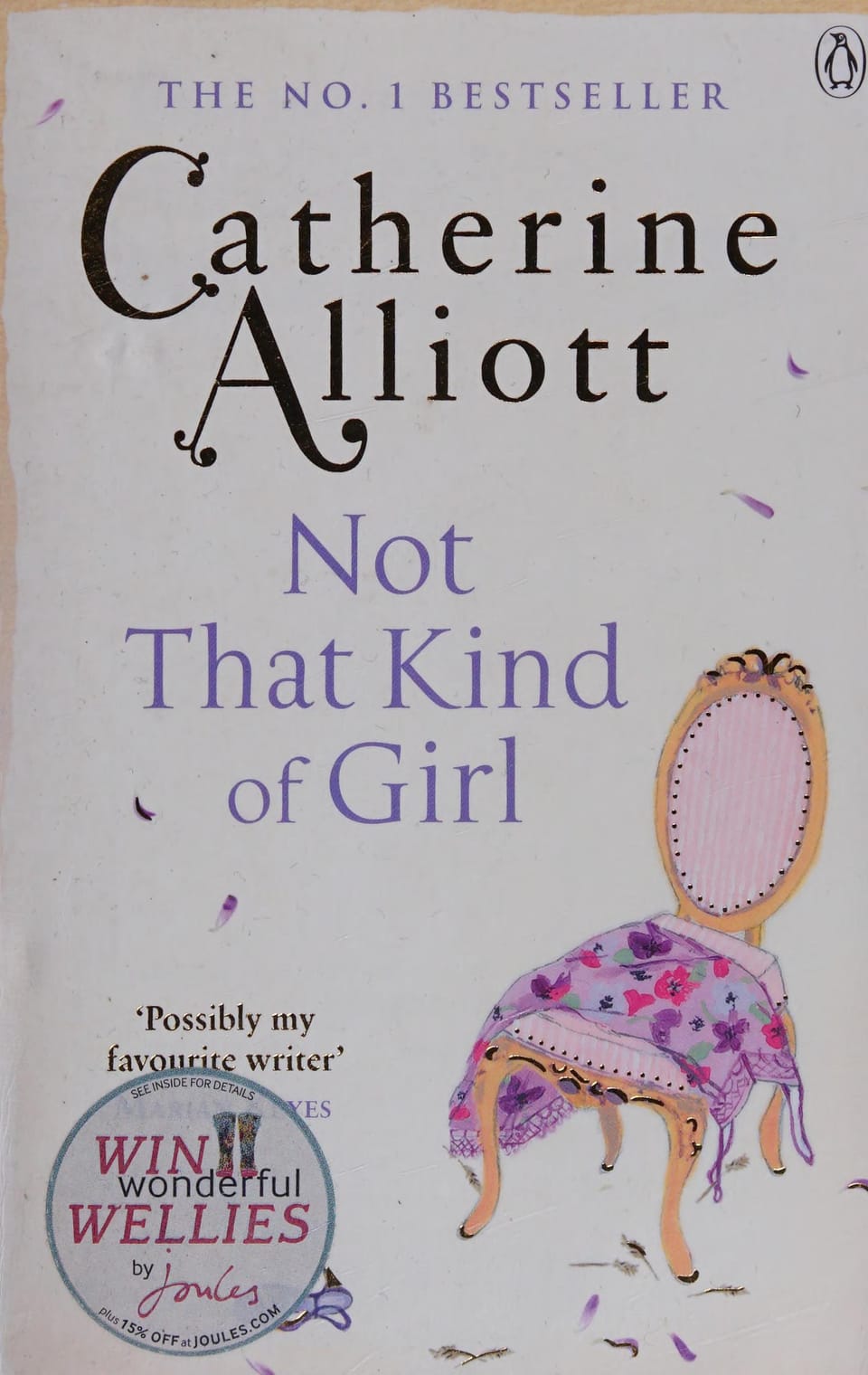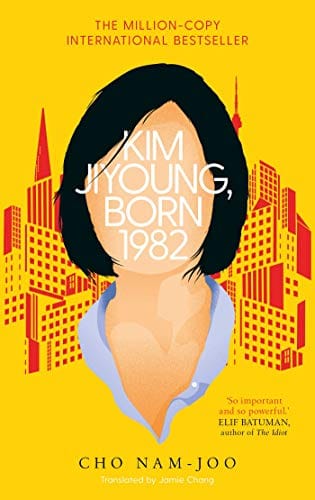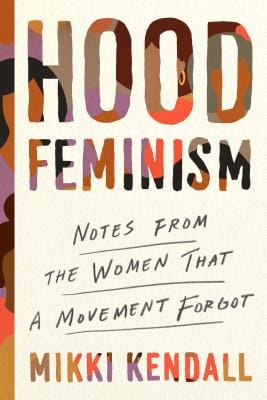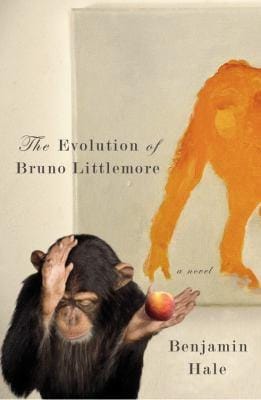Exploring Virginia Woolf's “A Room of One’s Own”: Themes, Legacy, and Modern Relevance
Virginia Woolf’s classic essay “A Room of One’s Own” blends narrative flair and feminist critique, arguing that money and personal space are essential for creative freedom.
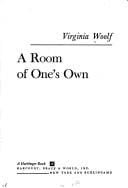
Introduction: Why “A Room of One’s Own” Still Matters
First published in 1929, Virginia Woolf’s extended essay “A Room of One’s Own” remains a pillar of feminist literature and literary criticism. Built around the now-iconic assertion that "a woman must have money and a room of her own if she is to write fiction," the work blends narrative flair with rigorous argument to expose the economic, social, and psychological barriers that historically silenced female voices. Almost a century later, scholars, activists, and casual readers alike turn to Woolf’s slim volume for insight into gender inequality, creativity, and the power structures embedded in cultural institutions. This article explores the origins, arguments, and ongoing influence of “A Room of One’s Own,” demonstrating how Woolf’s vision continues to shape conversations about art and equity today.
The Genesis of the Essay
“A Room of One’s Own” originated as two lectures Woolf delivered in October 1928 at Newnham and Girton, the first colleges for women at Cambridge University. Invited to speak on the topic of women and fiction, Woolf crafted a hybrid text that mixes essay, fiction, and memoir. Instead of presenting dry academic analysis, she invents a fictional narrator who wanders through Oxbridge dining halls, libraries, and imagined country lanes, reflecting on the gendered hierarchies embedded in each space. This narrative strategy not only captivates readers but also illustrates the pervasive, lived experience of exclusion faced by women scholars. By grounding theoretical points in vivid scenes, Woolf ensures her arguments resonate far beyond academic circles.
The Core Argument: Money and Space as Creative Prerequisites
At the heart of the essay lies a simple yet radical thesis: material conditions shape artistic output. Woolf insists that intellectual freedom requires both financial independence and physical privacy—luxuries historically denied to women. She argues that without a secure income (she sets the figure at £500 a year) and a private room with a lock on the door, even the most gifted woman would struggle to cultivate her art. This point cuts against romantic notions of the solitary, starving genius, revealing instead how systemic inequalities stifle potential. In a capitalist society, Woolf writes, women’s creativity is shackled not by a lack of talent but by a lack of resources.
Narrative Style and the Power of the “I”
Woolf’s innovative narrative voice amplifies her argument. The essay’s first-person perspective invites readers to share the narrator’s discoveries in real time, blurring the lines between fact and fiction. As the narrator strolls around Oxbridge, she is turned away from the library because she lacks a male escort, and denied entry to grass reserved for Fellows. These incidents dramatize institutional sexism, transforming abstract critique into concrete, embodied experience. Meanwhile, Woolf’s fluid, almost stream-of-consciousness prose mirrors the free play of thought that “a room of one’s own” would allow any writer. The style becomes a subtle proof of concept: liberated language demonstrating liberated thinking.
The Myth of Shakespeare’s Sister
One of the essay’s most memorable passages imagines Judith Shakespeare, an equally talented sister of William who is doomed by her gender. Judith’s thwarted career shows how countless potential geniuses have been erased from history. Woolf’s thought experiment highlights not only lost literary treasures but also the collective deprivation society suffers when half its population is denied a creative outlet. The story remains a persuasive rhetorical device for illustrating structural discrimination and its cultural costs.
Intersectional Echoes: Race, Class, and Colonialism
While “A Room of One’s Own” foregrounds gender, Woolf also acknowledges other hierarchies, gesturing toward class and imperialism. She references women who wash dishes or nurse infants late at night, noting that her own modest inheritance stems from colonial investments. Contemporary critics expand on these hints, interrogating how race and class compound gendered barriers. Writers such as bell hooks and Audre Lorde have conversed with Woolf’s text, calling for rooms that welcome women of color, working mothers, and queer voices. Reading Woolf through an intersectional lens not only enriches the essay but also underscores its adaptability to evolving feminist debates.
Modern Influence in Literature and Beyond
The legacy of “A Room of One’s Own” stretches far beyond literary studies. Universities cite it in syllabi on gender theory, creative writing programs encourage students to seek their metaphorical rooms, and grassroots organizations adopt its mantra in crowdfunding campaigns for women’s spaces. The essay paved the way for later classics such as Simone de Beauvoir’s “The Second Sex” and Rebecca Solnit’s “Men Explain Things to Me.” Even popular culture echoes Woolf’s insights: coworking hubs for women, mentorship networks, and digital platforms all reference the need for financial security and personal space as the bedrock of innovation.
Digital Rooms: The Internet as a Modern Writing Desk
In the 21st century, the internet offers both opportunities and challenges to Woolf’s vision. Blogging platforms and social media grant marginalized writers unprecedented access to audiences, yet they also expose creators to harassment and unstable income streams. The question of economic independence takes new form in the gig economy, where monetizing creative labor often depends on algorithms rather than patrons or publishers. Woolf’s premise—money plus space equals freedom—remains valid, but the definition of “room” now includes virtual domains that demand new forms of protection and policy.
Practical Tips for Readers and Writers
1. Create a Dedicated Space: Even a corner of a shared room can serve if treated as inviolable writing territory. Signal boundaries with headphones, signage, or scheduled blocks.
2. Budget for Creativity: Allocate small but consistent funds for books, courses, or childcare that support your craft. Financial planning aligns with Woolf’s insistence on income.
3. Build Community: While privacy fosters concentration, peer networks provide feedback and encouragement. Virtual writing groups can function as extensions of your room.
4. Read Intertextually: Pair Woolf’s essay with works by writers of diverse backgrounds to recognize both its brilliance and its limitations.
Conclusion: Claiming Your Own Room Today
Virginia Woolf wrote “A Room of One’s Own” to diagnose the inequalities that stifled past generations of women writers and to prescribe practical remedies for the future. Her central demand for money and space remains strikingly relevant in an era of rising housing costs, wage gaps, and digital noise. Yet the essay’s enduring power lies in its call to imagination: envision a world where every aspiring creator, regardless of gender, race, or class, possesses the material and psychological freedom to write. By carving out literal or figurative rooms—secure, funded, and respected—we honor Woolf’s legacy and nurture the unwritten masterpieces of tomorrow.
